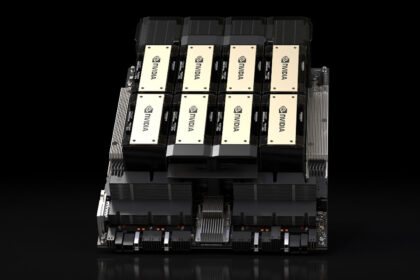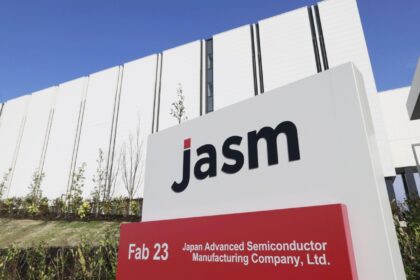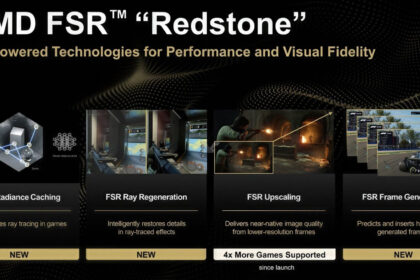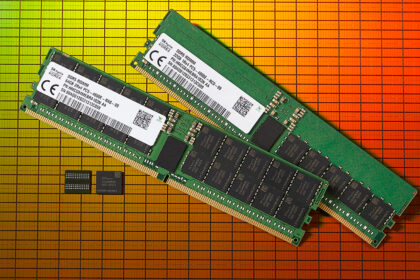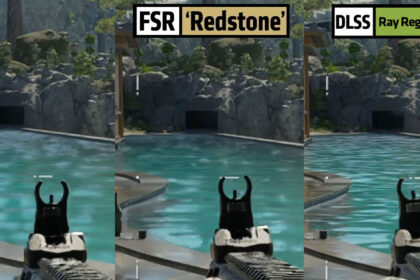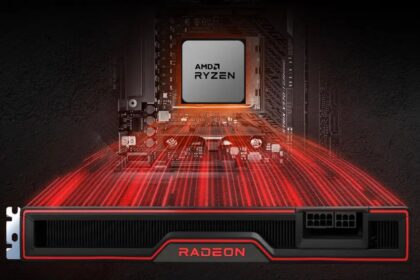AMD continues to push the boundaries of gaming performance, especially with its processors equipped with 3D V-Cache technology. Since the launch of the Ryzen 5000 series, the company has carved out a reputation as the “King of Games,” and its latest claims only reinforce that title.
According to AMD, its newest chips—including the Ryzen 7 9800X3D, Ryzen 9 9950X3D, and the mobile flagship Ryzen 9 9955HX3D—are capable of reaching 1000 FPS in popular competitive titles. This level of performance, AMD argues, makes them the top choice for professional players who demand absolute speed and responsiveness.
1000 FPS in Esports Titles
In a presentation held in China, AMD showcased benchmark slides highlighting how its stacked cache CPUs performed in games such as:
- Counter-Strike 2
- Valorant
- League of Legends
- PUBG
- Naraka: Bladepoint
- Marvel Rivals
With the right hardware pairing, these CPUs reportedly hit the coveted 1000 FPS mark, a feat that caters specifically to esports players and enthusiasts with ultra-high refresh rate displays.
Test Setup
To achieve these results, AMD used a high-end configuration:
- Memory: DDR5-6000 CL30
- GPUs: Radeon RX 9070 XT, GeForce RTX 5080, and GeForce RTX 5090D
- Resolution & Display: 1080p gaming on a 540 Hz monitor
Of course, no consumer monitors currently support frame rates anywhere near 1000 Hz. Still, the results demonstrate the CPU and GPU’s headroom, ensuring minimal latency and unmatched responsiveness in competitive gaming scenarios.
CPU & GPU Combos
Interestingly, AMD left out the Ryzen 9 9900X3D from its highlight reel, despite its sizable cache configuration. Instead, the company focused on two key setups:
- Ryzen 9 9950X3D + GeForce RTX 5090D
- Ryzen 7 9800X3D + GeForce RTX 5080
Both combinations reportedly achieved 1000 FPS across all tested games. Meanwhile, pairing the Ryzen 7 9800X3D with AMD’s own Radeon RX 9070 XT managed to hit the milestone only in Valorant and League of Legends.
While most gamers won’t see practical benefits from 1000 FPS today—since even the fastest monitors max out around 540 Hz—AMD’s demonstration is less about everyday use and more about proving dominance in ultra-low latency gaming. For professional esports players, even incremental improvements can be game-changing, and AMD is making a strong case that its 3D V-Cache CPUs remain unmatched in this arena.
AMD’s latest showcase underlines its strategy of combining cache-heavy CPUs with next-gen GPUs to cement its lead in gaming performance. While real-world use of 1000 FPS is limited by display technology, the numbers highlight the raw potential of these chips and reinforce AMD’s claim to the “King of Games” crown.
As esports continues to demand higher frame rates and lower latency, AMD is positioning itself as the brand of choice for pro players who want every possible competitive edge.






